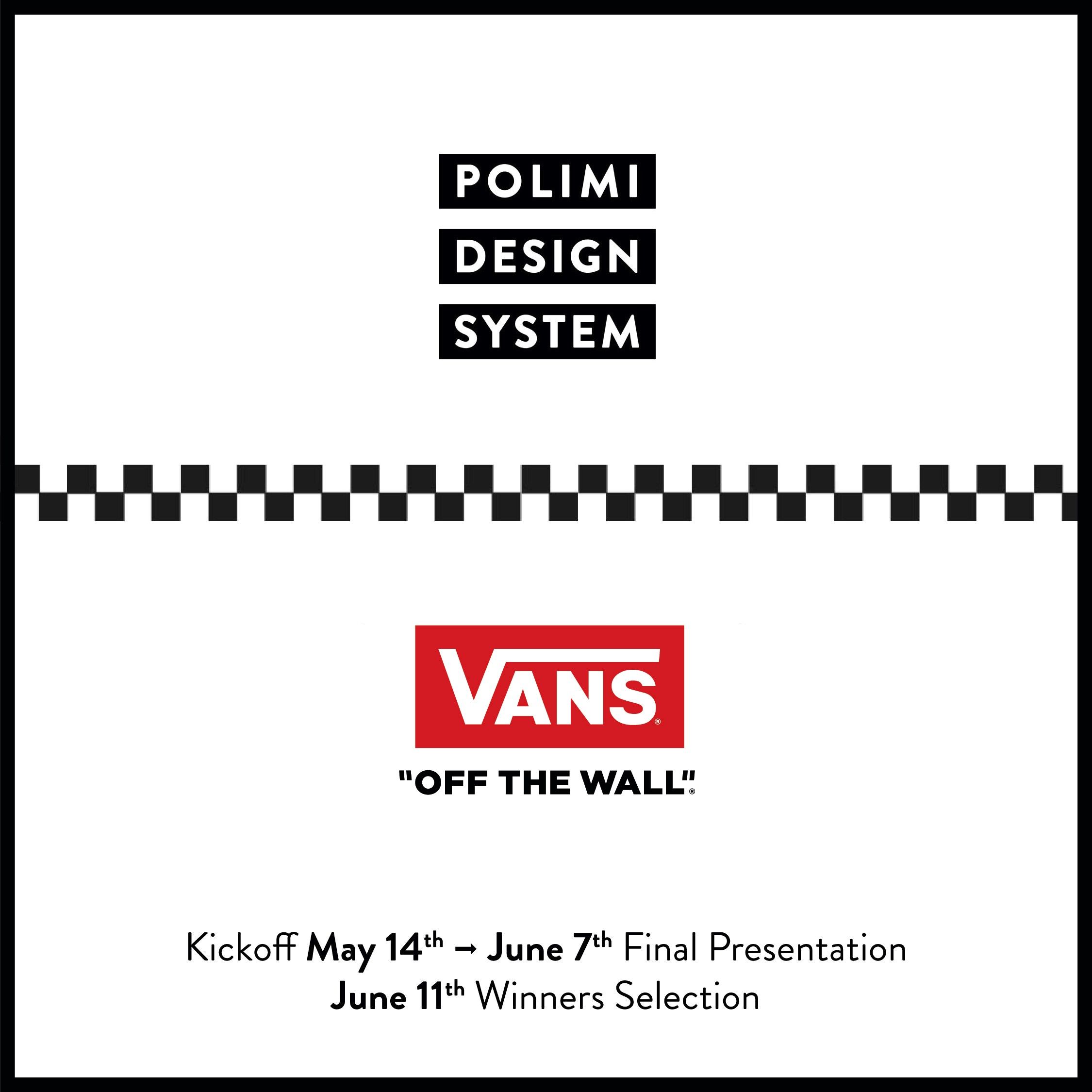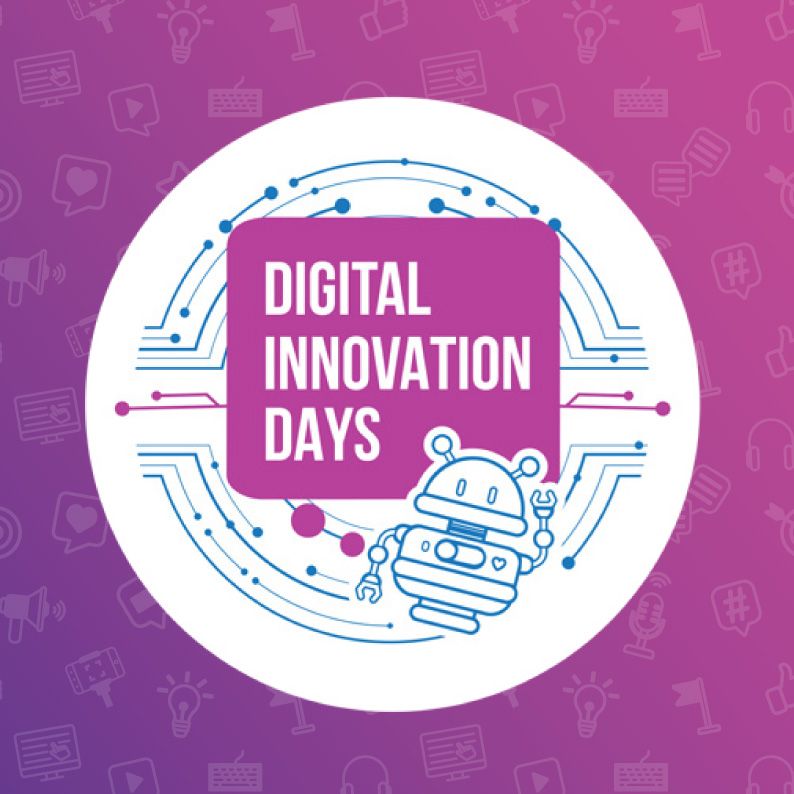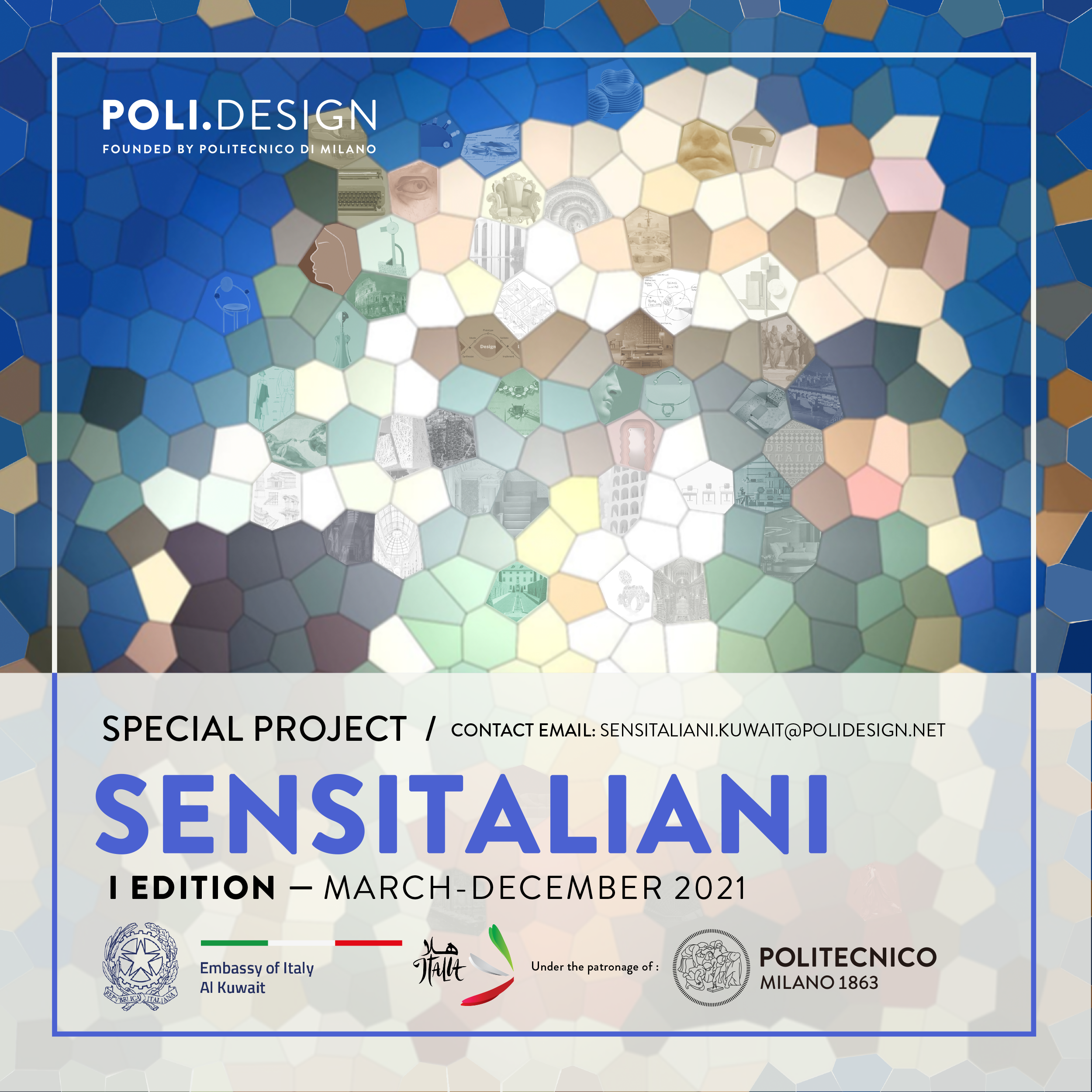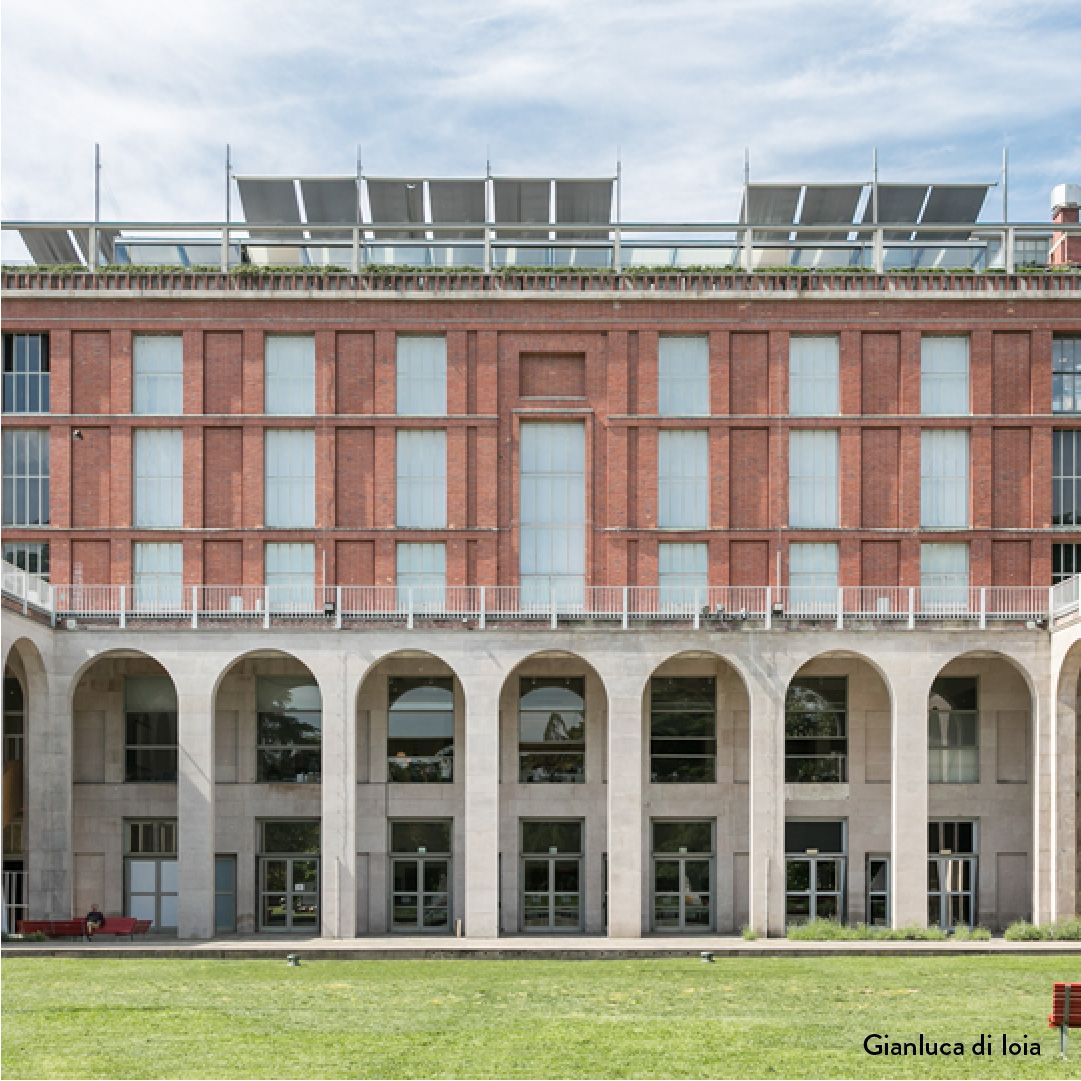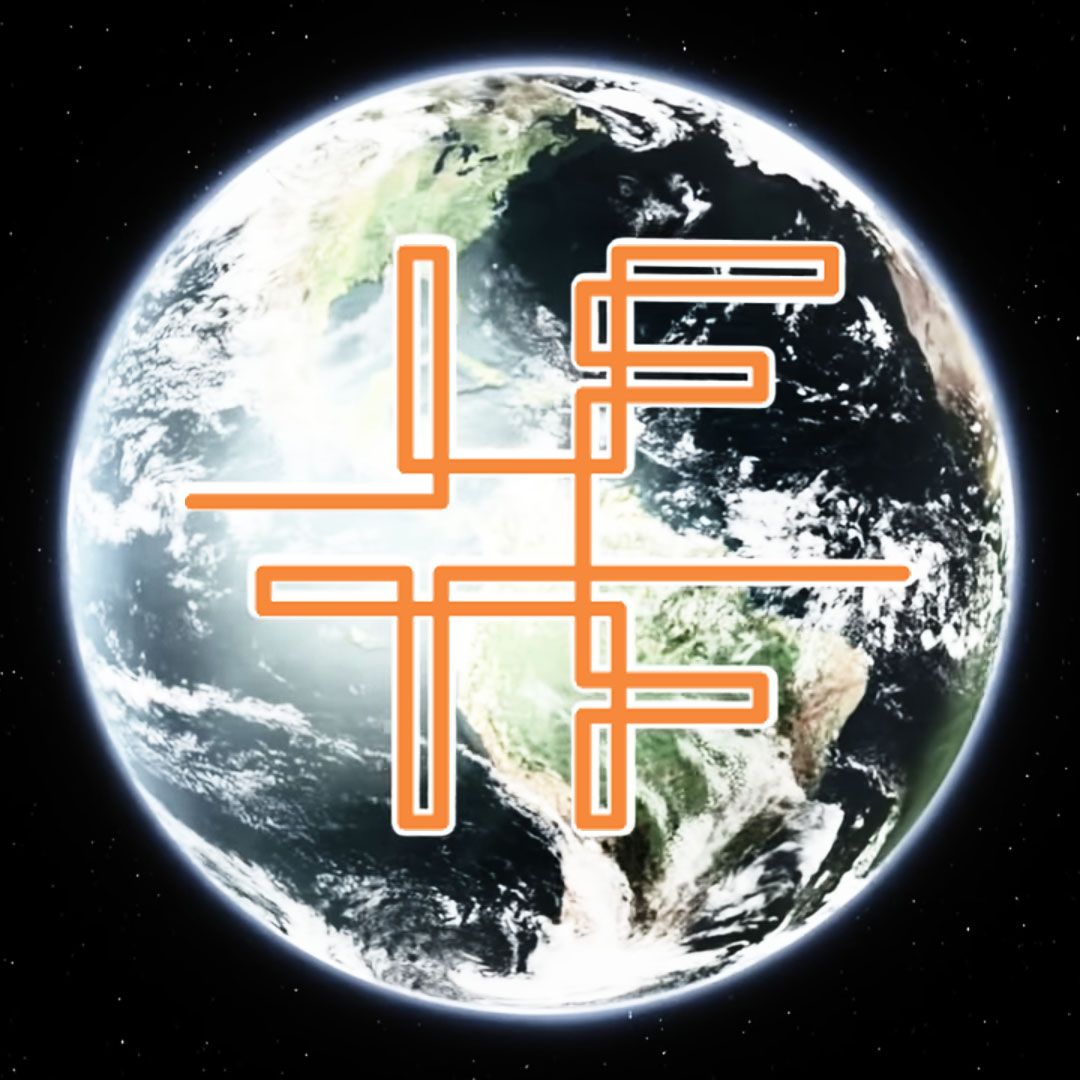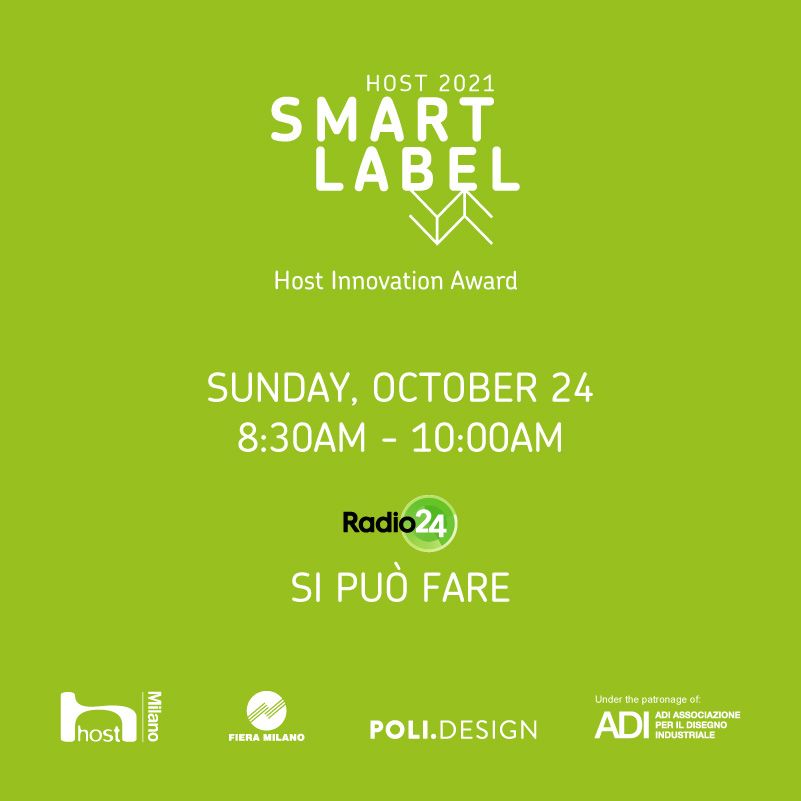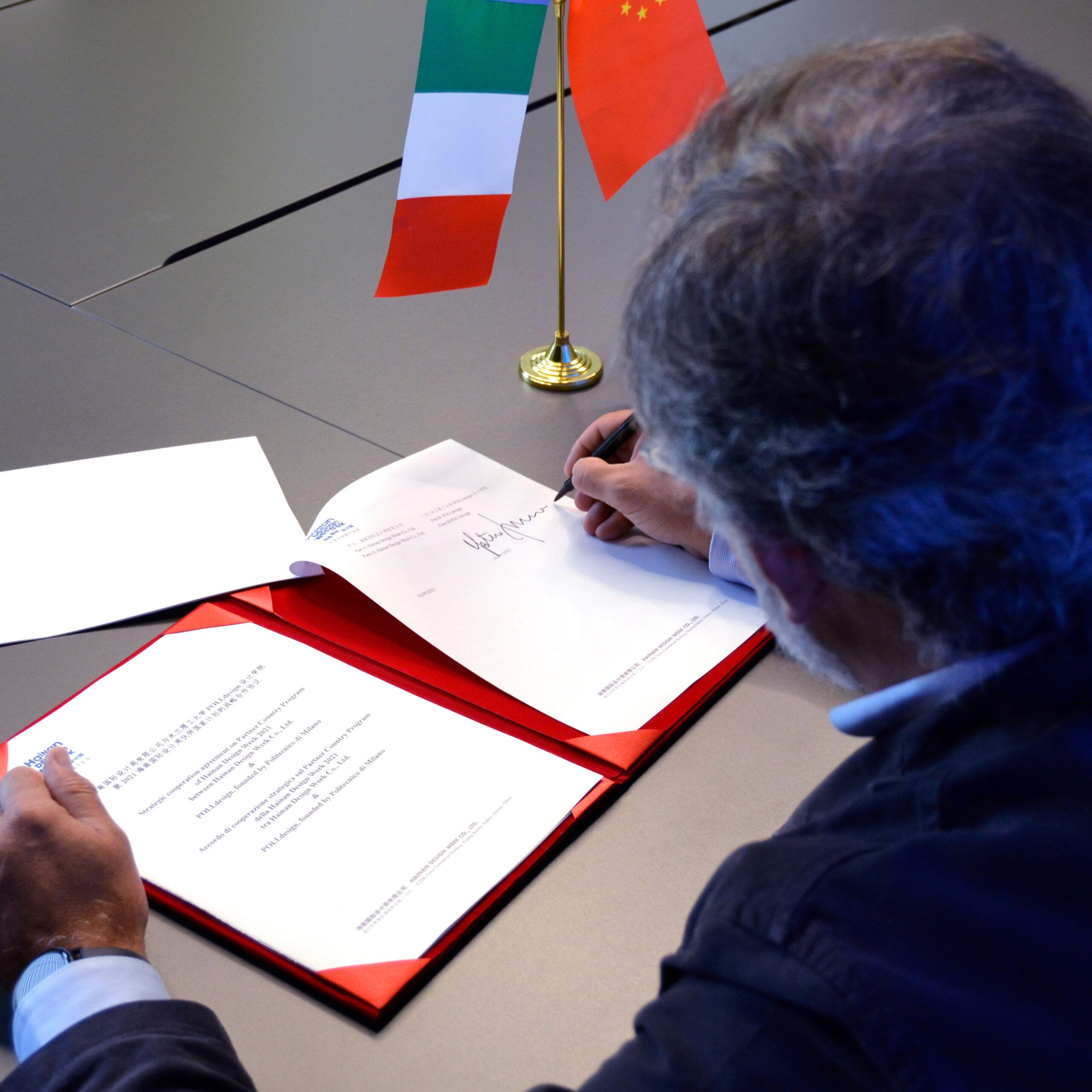Communication
SUPER EARLY BIRD -15% on a wide range of Specializing Master’s programs starting next year

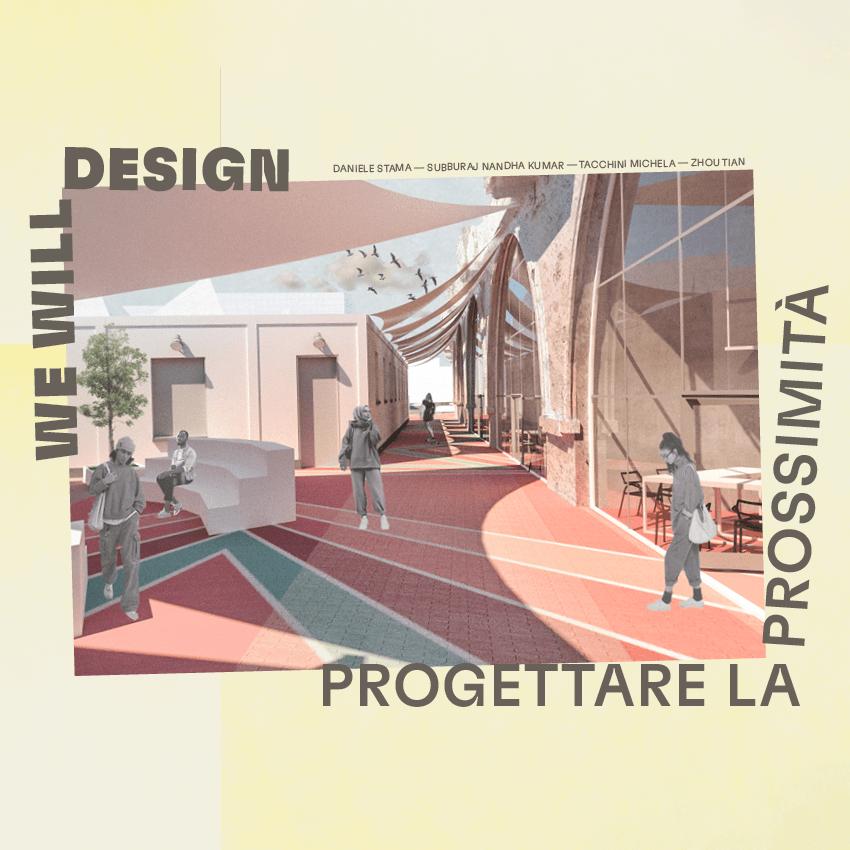
‘Designing the proximity’ is the theme that the Design System of the Politecnico di Milano – a unique research and education centre composed by POLI.design, School of Design and Department of Design – focuses on during Design Week 2021, in collaboration with BASE Milano.
There are two initiatives born from the collaboration between the Design System of the Politecnico di Milano and BASE Milano, scheduled for the Design Week 2021. During the week of the Fuorisalone, as part of ‘We Will Design’, the spaces of the former Ansaldo will present the exhibition ‘Designing the proximity’, with 30 projects by the students of the School of Design and POLI.design that offer different interpretations of the term “proximity”. A constellation of ideas from which a clear scenario for the city of the future emerges, a theme investigated also through the Public Program that, inspired by the book “Abitare la prossimità” written by the Honorary Professor of the Politecnico di Milano Ezio Manzini, will propose to the public a series of daily appointments in the shadow of GAIA, the installation dedicated to the planet Earth by the artist Luke Jerram. Two debates per day, at 6 pm and 7.15 pm: experts in the field, accompanied by lecturers from the Department and the School of Design of the Politecnico di Milano, will investigate different points of view on as many issues related to the city of proximity, from services for the neighborhood to public space in transformation, to platforms and economies of proximity.
These initiatives are part of the Politecnico di Milano program in support of the New European Bauhaus project.
The exhibition ‘Designing the proximity’ | Politecnico di Milano
Opening hours BASE: September 5-11, 10 am – 8 pm | September 12, 10 am – 6 pm
Free entrance, in possession of Green Pass
The exhibition ‘Designing the proximity’ brings together 30 projects by students of the Design System of the Politecnico di Milano that offer different interpretations of the term “proximity”. Those who design health services at a short distance from home, those who recover abandoned urban spaces and transform them into inclusive places, dedicated to children and the elderly, those who design new scooters to enhance slow mobility, those who strengthen and give space to the different identities of a neighborhood or a specific place in the city and those who build new communities around common interests, those who enhance the communication of services around the corner, those who design new pedestrian areas, those who transform streets into places of aggregation, those who collaborate with neighborhood stores and those who design local production of food and consumer goods. From this constellation of ideas, we read a clear scenario for the city of the future, based on a strong network of services spread in the neighborhoods and “around the corner” for the different urban populations.
The appointments of the Public Program ‘Progettare la prossimità’
September 6-10, 2021
Schedule: first table 6 pm – 7 pm, second table 7.15 pm – 8.15 pm
BASE – Via Bergognone 34, Milan
Entrance upon reservation: https://base.milano.it/events/public-program-designweek-2021/
Info: base.milano.it
Twice a day, for five evenings, the appointment with the talks organized by BASE and POLI.design, with the Department and the School of Design of Politecnico di Milano, with debates and points of view on the theme of the city of proximity in the shadow of GAIA, the installation dedicated to the planet Earth by the artist Luke Jerram.
Monday, 6 September
Generative city and Citizen generations
What does an inclusive city look like? Are there any cities that are family-friendly, child-friendly, parent-friendly, elderly-friendly, and generally capable of welcoming the most fragile inhabitants? Can the pandemic lead us to rethink public spaces in a more inclusive and welcoming way for all?
6 pm – 7 pm > First table moderated by Beatrice Villari:
7:15 pm – 8:15 pm > Second table moderated by Carla Sedini:
To partecipate: link
Tuesday, 7 September
Design, platforms and economies of proximity
What relationship can be designed between physical spaces and virtual networks at the micro-urban level? What services can digital platforms offer to local communities? What design can characterize a (new) proximity commerce? How can design contribute to improve citizen engagement at the local level? Can creativity foster local transaction processes that insist on values such as reciprocity, relationship, subsidiarity? How do platforms work and what role do today’s user-experience disciplines bring? What design for proximity mobility? And what can orient the project to support (local) energy communities?
6 pm – 7 pm > First table moderated by Venanzio Arquilla:
7.15 pm – 8.15 pm > Second table moderated by Francesco Zurlo:
To partecipate: link
Wednesday, 8 September
Governance: bottom up and top down processes
How are the actions of design and transformation from below modifying our cities? How do local governments relate to these unplanned processes? What are the best practices of relationship between local actors and administrators and policy makers? And again, how are the rules of management of the commons changing?
6 pm – 7 pm > First table moderated by Daniela Selloni:
7.15 pm – 8.15 pm > Second table moderated by Anna Meroni:
To partecipate: link
Thursday, 9 September
Public space in transformation: from the residual to the unfinished
What is the role of public spaces in the future? How can residual spaces, little used or unresolved for a long time be reactivated? How can design encourage processes of urban regeneration by establishing a dialogue with the territory, both in contexts “full of living” and in “empty” contexts? What are the opportunities or criticalities in the design action on short or long term time horizons?
6 pm – 7 pm > First table moderated by Barbara Di Prete:
7.15 pm – 8.15 pm > Second table moderated by Agnese Rebaglio:
To partecipate: link
Friday, 10 September
Around the corner: spaces and services for the neighborhood
What is the future of the neighborhoods of our cities? Is it possible to redesign a neighborhood dimension through co-design actions with inhabitants and local actors? Can public spaces and personal services be redesigned in a hyper-local dimension, strengthening a network of services “around the corner”, also thanks to a temporary design approach?
6 pm – 7.15 pm > First table moderated by Laura Galluzzo:
7.15 pm. – 8.15 pm > Second table moderated by Davide Fassi:
To partecipate: link
Thanks to:
Scientific Supervision: Francesco Zurlo – Politecnico di Milano
Scientific Curator: Laura Galluzzo – Politecnico di Milano
Exhibition Project Manager: Ambra Borin – Politecnico di Milano
Editorial Team, graphics and exhibition design: Laura Galluzzo, Ambra Borin, Silvia D’ambrosio, Alessia Bianco, Valentina Facoetti – Politecnico di Milano
Authors of the exhibited projects:
Al-Masri Rama, Alessandra Pasqualini, Alessia Cerruti, Alice Soppelsa, Anna Vezzali, Annamaria Villa, Asia Simonetti, Beatrice Foresti, Belotti Michele, Camilla Nidasi,Carlotta del Prato, Caterina Castiglioni, Chiara Carovelli, Chiara Corino, Claudia Yazmin Alvarez Hernandez, Damiano Pontalti, Daniela Dell’Aversana, Daniele Stama, Davide Franci, Diba Dayyani, Elisa Carbone, Emma Marongiu, Federica Andrea Ferrari, Francesca Castioni, Francesca Fugazza, Francesco Lovattini Borlenghi, Gabriel Alfaro Fregoso, Gabriela Mattei, Giorgia Zin, Giovanni Pastoressa, Giulio Baldan, Greta Mesumeci, Heitor Lobo Campos, Hoang Anh Nguyen, Ignacia Schumacher Enriquez Javiera Irene Bassi, Isabella Pianta, Jiawen Huang, Jiayu Wu, Jing Zhu, Karadsheh Sima, Kosta Dimitrijevic, Laura Scateni, Livio Placenti, Lorenzo Crippa, Loris Lento, Luca Vallini, Lucrezia Marsili, Ludovica Rossi, Ludovico Celli, Maike Colombo, Maria Camila Coelho, Maria Maramotti, Marie Cecile Sabine Monet, Marina Fernandez, Marta Bagnacani, Mattia Della Torre, Meng Ming, Mojin Zhang, Monika Khatri, Nelly Saad,Nicola Notarnicola, Nicolas Arguedas, Nicolò Guanziroli, Noemi Tolotti, Özge Süzen, Qi Han, Raman Loya, Ricardo Berumen Borrego, Sendinc Irem, Serena Bucchi, Silvana Mangione, Stefano Patiti, Subburaj Nandha Kumar, Tacchini Michela, Tommaso Frigerio, Valentina Facoetti, Valerio Carlo Celozzi, Virginia Volonté, Viviana Patricia Mateus Gutiérrez, Wiam Becharef, Xiangkai Tai, Yue Li, Zhou Tian, Zouein Rhea.
Tutors of the projects exhibited:
Anna Meroni, Carla Sedini, Chiara Lecce, Davide Fassi, Derrick Claude Frederic de Kerckhove, Francesco Zurlo, Giampiero Bosoni, Giorgio De Ponti, Giovanni Levanti, Ico Migliore, Kazunari Suzuki, Laura Anselmi, Laura Galluzzo, Luisa Collina, Paolo Bertola, Paolo Carli, Paolo Giacomazzi, Patrizia Scrugli, Peter Di Sabatino, Silvia Deborah Ferraris, Stefania Palmieri, Xue Pei, Alessia Bianco, Ambra Borin, Antonio Aiello, Claudia Mastrantoni, Davide Minighin, Federico Alberto Brunetti, Francesco Vergani, Ilaria Bollati, Katarina Radovic, Lucia Frescaroli, Maddalena Mazzocchi, Marco Meraviglia, Marta Elisa Cecchi, Martina Mazzarello, Rossella Forioli, Viola Incerti.
